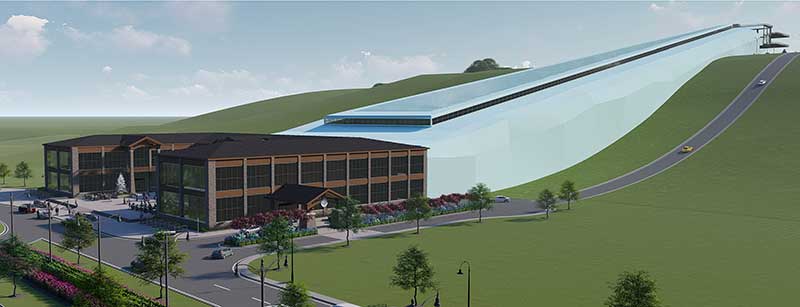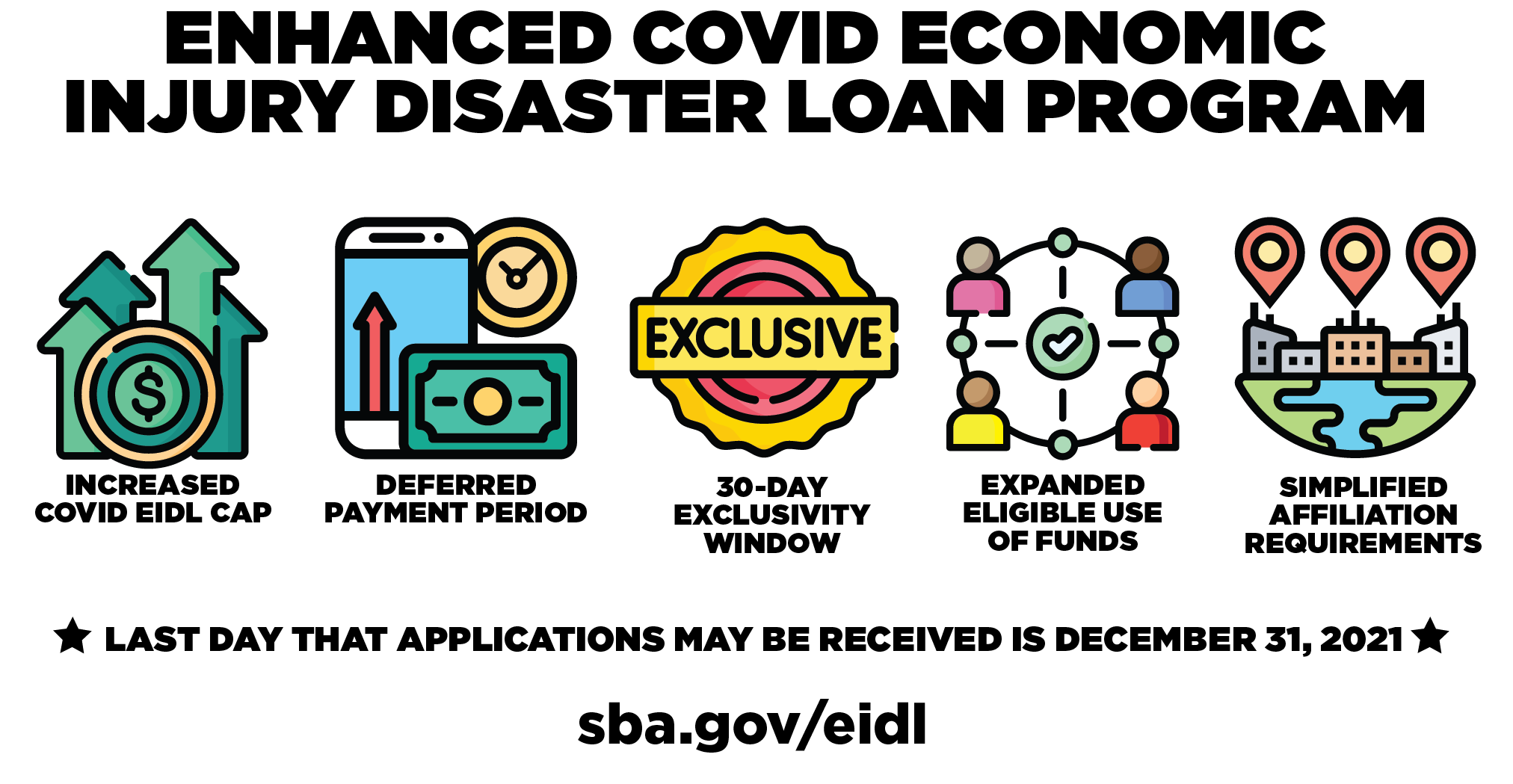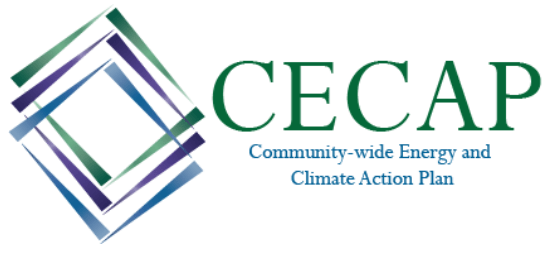The Fairfax County Board of Supervisors accepted the county’s first Community-wide Energy and Climate Action Plan (CECAP) on September 14. CECAP sets a goal of achieving carbon neutrality within the community by 2050, with 87 percent of emission reductions attributable to local action as opposed to carbon offsets. CECAP also includes interim and sector-specific emission reduction goals as well as recommended strategies and actions for residents, businesses and other county stakeholders to take.
Among the sector-specific goals included in the final plan are retrofitting at least 100,000 housing units with energy-efficiency measures by 2030, and increasing transit and non-motorized commuting to 30 percent, including telework, by 2030. These goals directly address the two largest sources of greenhouse gas emissions in Fairfax County: energy use in buildings, with 49 percent of total emissions, and transportation with 44 percent.
The plan outlines 12 strategies, such as implementing green-building standards for new buildings and increasing the production of onsite renewable energy. Within the strategies, 37 actions are specified such as supporting the use and improvement of bicycle and pedestrian infrastructure or expanding the county’s tree canopy. Together, the strategies and actions are intended to empower individuals and organizations within the community to take part and contribute to the emissions reductions required to achieve carbon neutrality.
“The Community-wide Energy and Climate Action Plan establishes an ambitious goal of carbon neutrality for our community by 2050, and I know that we are capable of achieving this,” said Fairfax County Board of Supervisors Chairman Jeffrey C. McKay. “CECAP is a roadmap that will take us from the status quo to a future that is cleaner, greener, and far more sustainable. We owe it to ourselves, our neighbors, and future generations of Fairfax County residents to take the recommended actions in this plan.”
“The CECAP Working Group did a tremendous job of developing a grassroots plan to address and engage everyone in our communities to reduce our local greenhouse gas emissions,” said Fairfax County Supervisor Dan Storck (Mount Vernon District), who chairs the board’s Environmental Committee. “The leadership of our residents, businesses and organizations, so essential to developing CECAP, becomes even more critical as we move from planning to actions, to achieve the results needed for a carbon neutral future.”
Unlike other climate-action plans created by municipalities, CECAP was developed by a working group composed of community members and representatives from area businesses and nonprofits. The Fairfax County Office of Environmental and Energy Coordination, management consulting firm ICF, and the Metropolitan Washington Council of Governments advised the CECAP Working Group and managed the planning process, according to a county government announcement.

The I-95 landfill in Lorton could become home to the longest indoor ski slope in North America and one of the longest in the world. (Image courtesy of Alpine-X)
Fairfax County to Host Fairfax Peak Informational Open House
Fairfax County will host a community information and outreach meeting at the Workhouse Arts Center in Lorton this Saturday, September 25, from 11 a.m. to 2 p.m. for community members to learn more about the proposed Fairfax Peak snow sports facility at the I-95 Landfill.
Fairfax County and Alpine X, the Netherlands-based company that submitted the proposal, will have a tent at the Workhouse Community Market Day where attendees can stop by to learn about the project. Two short formal presentations are planned for 11:30 a.m. and 1:30 p.m. Visual displays of the project and QR codes for more info will be provided.
Narrated bus tours of the site also will be available. Seats on the bus should be reserved in advance. Any unreserved seats will be available to walk-up passengers.
In 2019, Alpine-X submitted a public-private partnership proposal to the county to build a 450,000- square-foot facility with an expected 1,700-foot ski slope. The summit would reach an altitude of about 280 feet. The complex could contribute to Laurel Hill’s development as a regional recreation hub and arts destination. The facility would complement the existing equestrian center, Laurel Hill Golf Course and Workhouse Arts Center facilities.
Fairfax County is in process of the formal procurement. The project is contingent on the company successfully achieving any required land-use entitlements to allow for the proposed uses. This event is being held in advance of public hearings and Board of Supervisors actions anticipated to occur this fall and over the winter. More information on the proposal and next steps can be found on the Fairfax Peak web page.
In addition to the outreach event, community members can attend the Community Market at the Workhouse Arts Center, receive free admission to the Lucy Burns museum and visit the Occoquan Arts and Craft Show. Parking shuttles run every 15 minutes from the Workhouse parking lots.

